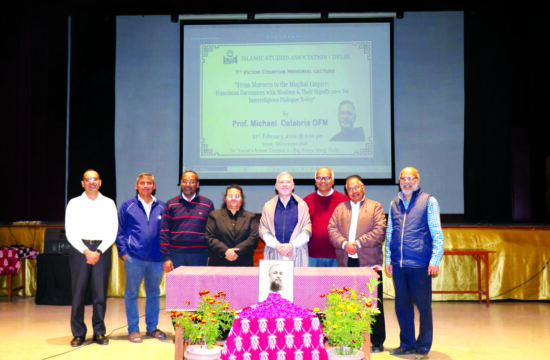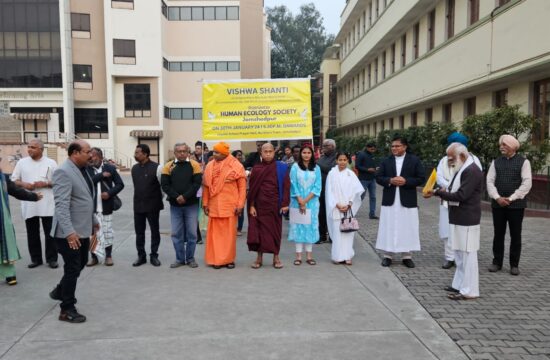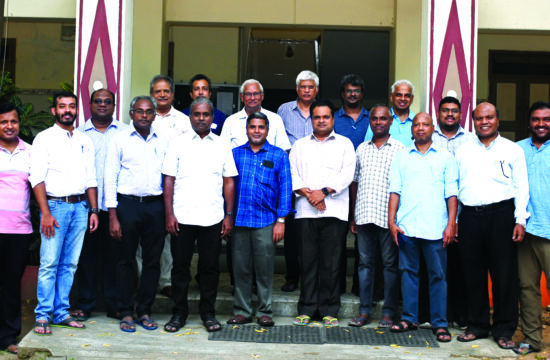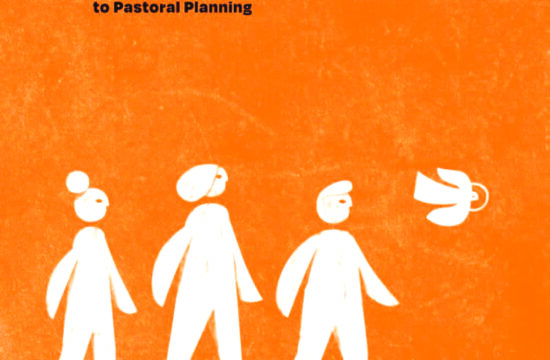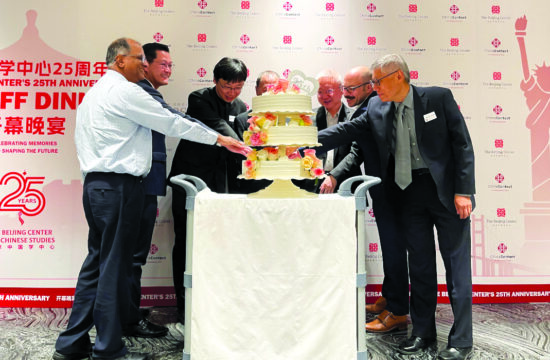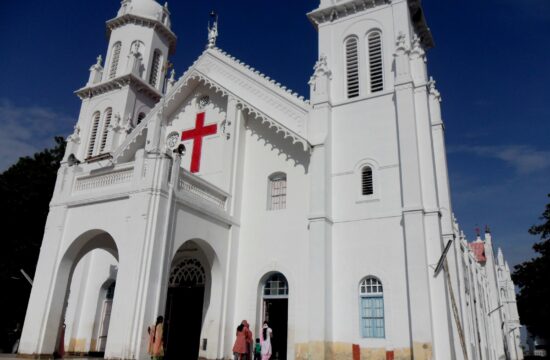Assam and the other states of the North-East are battered regularly by rains. Mawsynram in Megahalaya has replaced Cherapunji as the ‘wettest place on earth’. Floods and landslides are a common occurrence, leading to loss of life and property, and consequent human misery. This time the flood situation was truly alarming. The Regional Superior, Fr Melville Pereira, swung into action to raise funds and to deploy his men and collaborators. The generous donations from Provinces and other sources were gratefully acknowledged. He then assigned this task to Adv. Fr Owen Chourapa, Director of LCHR (Legal Aid for Human Rights). He practices law in the Guwahati High Court and his work is an expression of a “Faith that is compassionate and that does Justice”.
I was part of the first day of ‘operation flood relief’. The team led by Fr Owen coordinated the efforts of several partners to organize the relief material. The choice of the beneficiaries was dependent upon their situation. The most remote of villages, generally unreached by other NGOs and government agencies, were chosen. This meant travel by road as well as by boat. The boats took off late in the evening when it was dark, but the light from the Eid moon (Eid ka Chand!) guided the boats. As the boats reached the destination, there were hundreds of people waiting.
As team LCHR, consisting of both young men and women, started distributing the relief, villagers started milling around anxiously waiting for their turn. There were men, women and children who had faced the wrath of the flood waters. The fact that many of them were forcibly evicted, having been accused of encroaching ‘government land’, meant that they would be excluded from the state’s list of beneficiaries. The fact that they were all Muslims, added to their woes. Some persons I talked to, described the discrimination and the constant threat of eviction, even deportation after detention. Team LCHR and collaborators such as Adv. Ms Devasmita of (HRLN – Human rights law network) need to be lauded for their hard work and for choosing the most vulnerable among the vulnerable.
Till date, a total of 2678 families in Darrang, Nagaon and Morigaon districts (the worst affected) of Assam, have received relief materials from us.
In the new India, where the virus of communalism is tearing the social fabric apart, the talk of ‘flood Jihad’ was not surprising. Unfortunate but true! There are questions: since disasters are a recurrent phenomenon, is the administration doing something about them? What interests love- floods because they benefit from them?! Also, have these disasters made us realize the importance of combating climate change? Do we have sufficient ‘adaptation mechanisms’ in place? How do we move from the relief mode to planning for prevention and mitigation of floods to alleviate human suffering? It is important to ask the right questions, even if there are no clear answers.
Tony Dias SJ



